From 1933 to 1937, entertainment workers successfully organized major craft unions, including the Screen Actors Guild (SAG), the Screen Directors Guild (now the Directors Guild of America), and the Society of Motion Picture Film Editors (now The Editors Guild). During this same span, Walt Disney Studio embarked on its most ambitious studio project to date: a full-length, animated film called Snow White and the Seven Dwarfs.
In order to create the film and finish it in time, not only did artists find themselves working around the clock, they occasionally worked without pay as well. Walt Disney kept their spirits up by promising “big bonuses” after the film’s release, but in the end he dispensed and withheld bonuses at whim. He and management also arbitrarily set pay scales and raised or cut salaries.
By now, 1938, the Screen Cartoonists Guild (SCG) was established in L.A., and Walt Disney Studio was no longer the only animation studio in town. The SCG had managed to sign contracts with some of the smaller studios, but its long-term success as a labor union with any clout hinged on organizing the hundreds of artists at Disney.
Talk of forming a Disney union as part of the SCG started in the summer of 1940. After several months of secret meetings, influential animation director Art Babbitt and others managed to gather 400 signed cards. With more than a two-third majority onboard, they sought recognition from management, but Disney rejected the results. Then he openly violated the Wagner Act (the National Labor Relations Act) by firing Babbitt and 16 other artists for union activity.
On the morning of May 29, 1941, Disney was confronted by 300 picketers. The strike was divisive, and Disney took it personally. He dug in his heels, but the picketers found solidarity in their community. They were joined on the picket line every Wednesday by their Warner Bros. counterparts. June and July passed, and other entertainment labor unions threw in their support.
Disney refused to bargain in good faith, and it took the help of his brother, Roy, for the studio to reach an agreement with the union on July 28, 1941. Things weren’t over, though. Management laid off more than 200 workers, claiming this was necessary to meet the union’s financial demands. The union cried foul, and Roy Disney shut down all studio production.
All sides were called to Washington, D.C. for arbitration. In every instance, the judge ruled in favor of the union. The final agreement included standardized hours, the listing of complete screen credits on films, and increased wages retroactive to the start of the strike. The studio reopened on September 21, with everyone able to return to work. Disney held a grudge, though, and this affected many who had gone on strike. But their commitment and sacrifice meant hundreds of Disney artists enhanced the power of the SCG, and today that union lives on as The Animation Guild, IATSE Local 839.
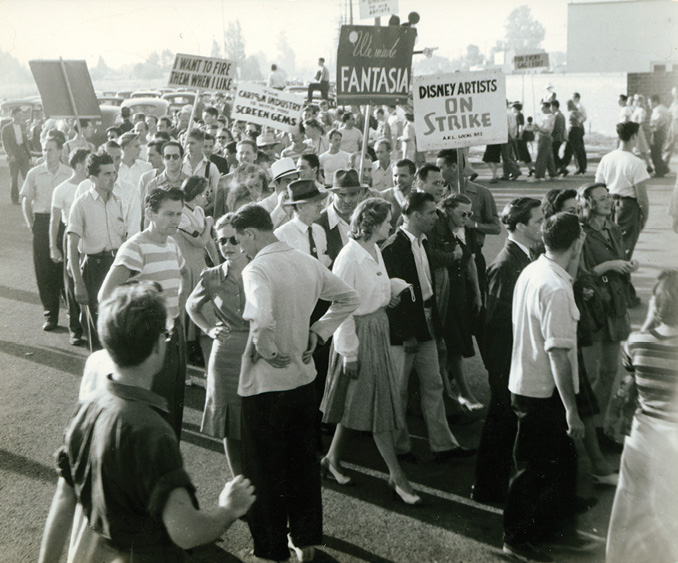
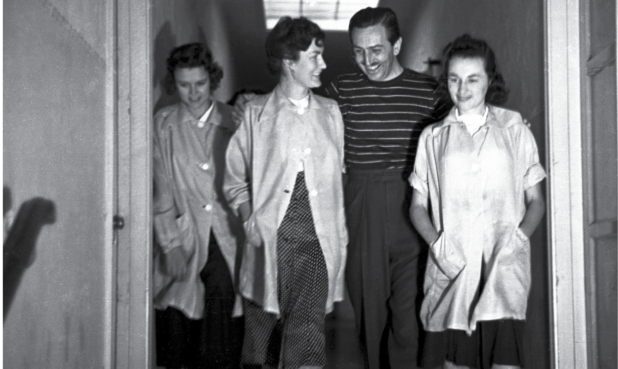
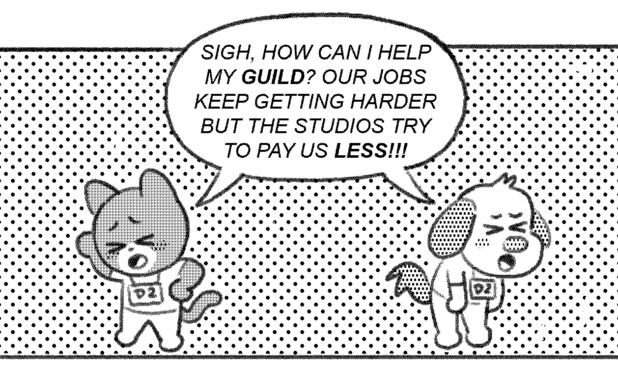
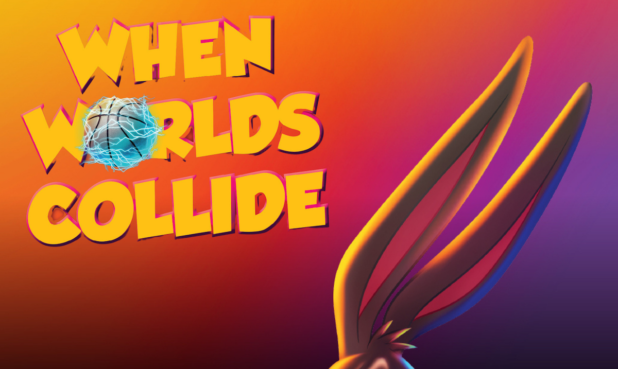
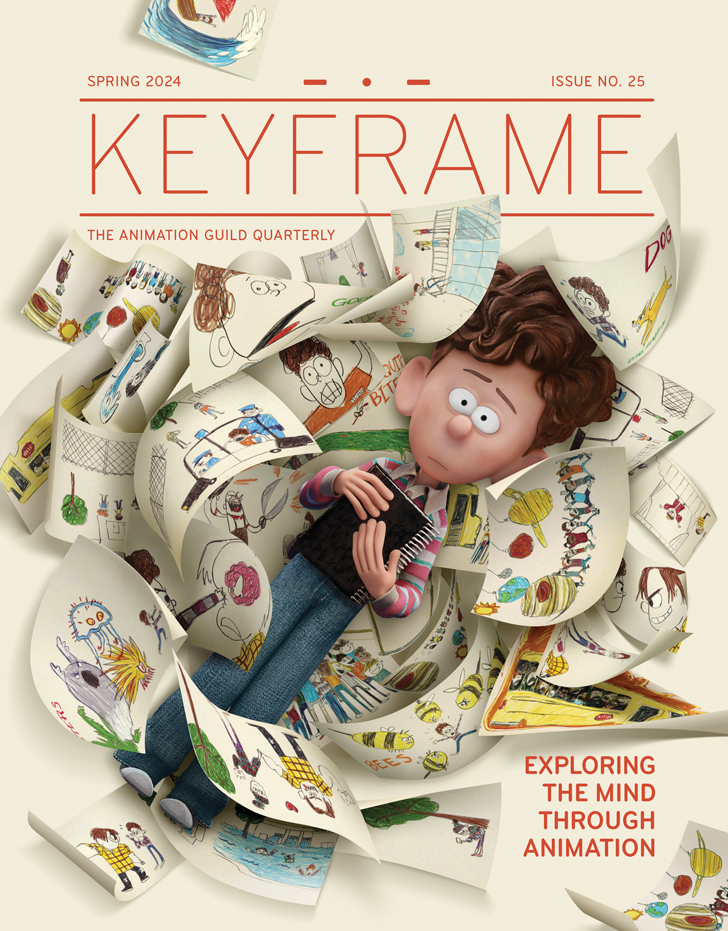

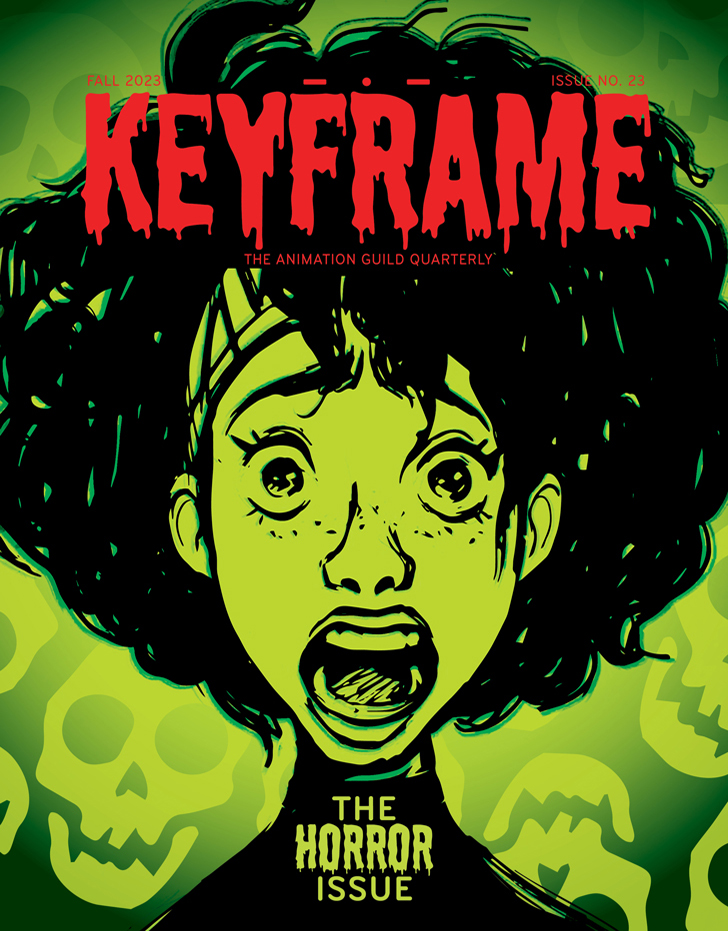
.png)